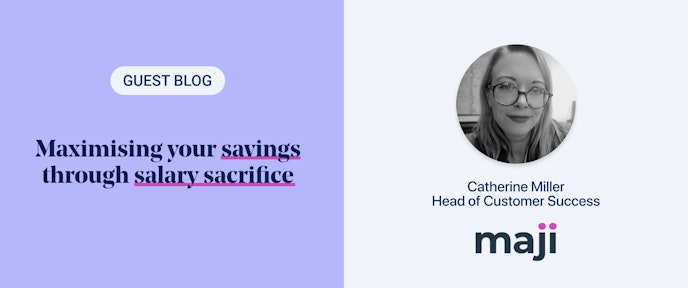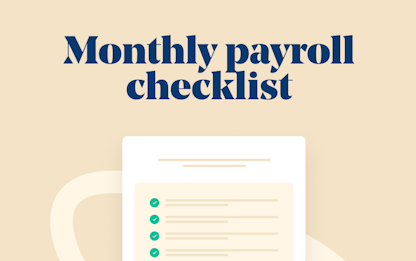- Blog
- |People management
- >Pensions
- >Salary sacrifice
GUEST BLOG: Maximising your savings through salary sacrifice


We're delighted to host a guest blog by Catherine Miller, Head of Customer Success at Maji. Maji is an independent financial wellness platform that helps people optimise their pensions and prepare for life’s major money milestones.
You may have heard a bit about switching to a salary sacrifice pension scheme. It’s a great way to save money for your company and your employees. Although there is a little bit of admin involved in making the change, the good news is the savings you make right away can grow over time. When employees increase their pension contributions, the amount you save will increase too. So, read on for our tips on maximising the savings you make through salary sacrifice.
Tip 1: Maximise opt-ins
When you switch to salary sacrifice, you need to ask your employees for consent to take part. You can do this in two ways: by asking them to opt-in, or by setting a deadline (at least six weeks away) by which they need to opt-out. Either way, it’s important to fully educate your employees so they know the benefits of taking part. Presenting this as a webinar or ‘lunch and learn’ can be more engaging than just sending an email. If collecting opt-ins, you may also need to nudge your team — making this personalised to show what they would save can have a real impact. Having an easy way to opt-in (such as through Maji) can also maximise the number of people who consent.
Tip 2: Help them understand the value of saving more
Not everyone is excited about pension savings! And they might not see the value of putting more money into their pension each month when there are so many things they can spend it on right now. Helping them understand the importance of saving into a pension full stop is the first step.
Next, they’ll need to see the benefits of increasing their contributions. Experts suggest that for most people, the default minimum contributions won’t be enough. Most people should be saving between 12 and 15% of their salary. But what does that mean? Giving them insight into how much they might get when they retire — and what they might need — can be a great way of encouraging them to make a positive change.
Tip 3: Improve their overall financial wellbeing
It’s all well and good telling people they need to save more, but for some, this will be difficult unless they have disposable income. Addressing their wider financial wellbeing can underpin an increase in pension contributions. Different employees will have different needs; for some, they may need to tackle problem debt; for others, they may need support with budgeting for other lifetime goals. So, having some means to diagnose their strengths and weaknesses is a good idea.
Boosting financial wellbeing can take many forms. You might be able to offer educational workshops or resources. Some workplaces link employees to coaches and advisors for personalised help. Or you could invest in tech tools, like Maji, that do all this and more.


The 2024 UK National Living Wage - An Employer’s Guide

The Cost Of Recruitment In The UK - What You Might Not Know

UK National Insurance Changes for January 2024

End Of Tax Year 2023/2024 - Eight Key Changes For 24/25

Strategies to Reduce Employee Turnover

